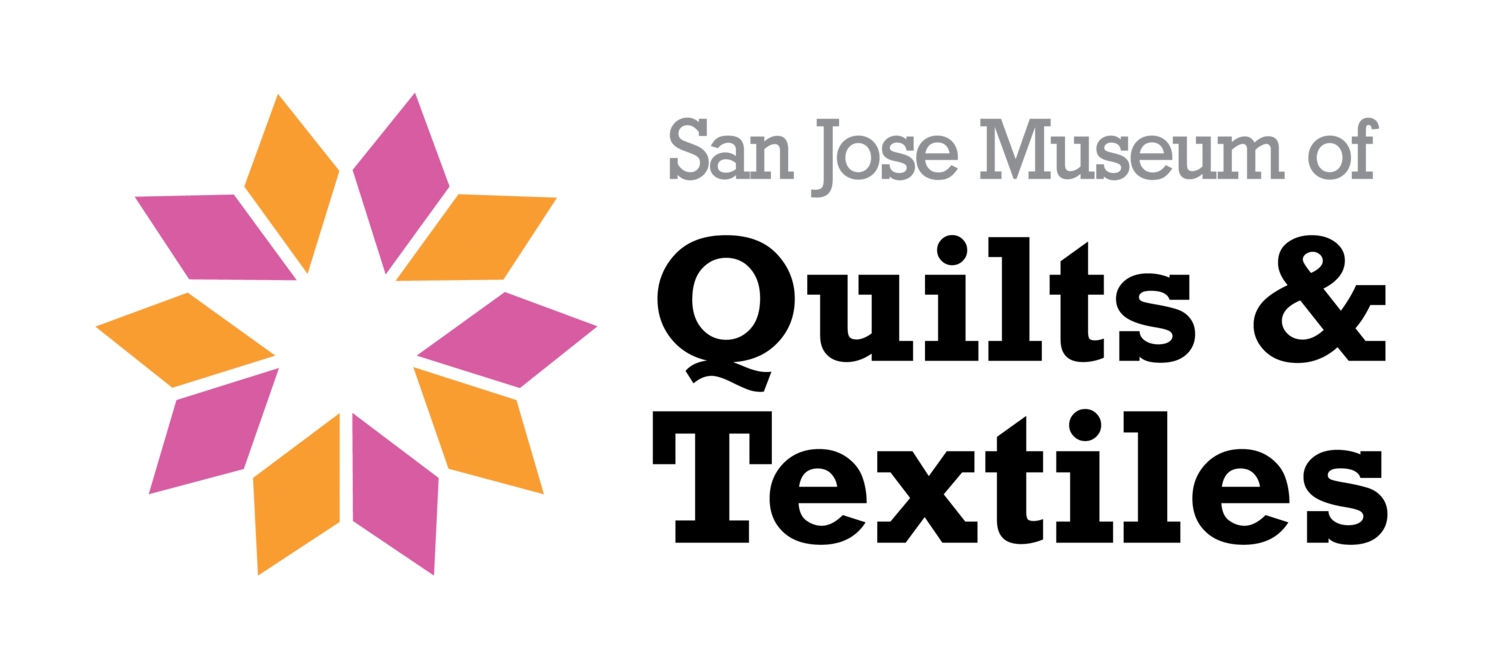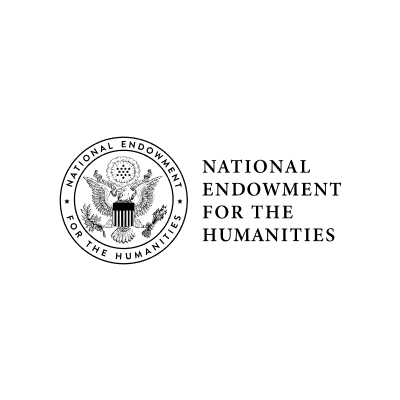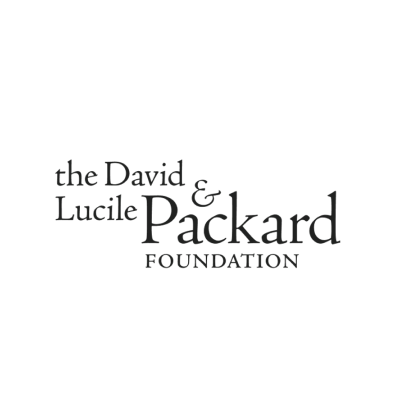Lasercut banana leather by Aya Kusumoto.
Image description: dehydrated banana "leather" with a honeycomb pattern lasercut onto it. The bananas were originally taken from a Safeway that was throwing them out because they were unfit to be displayed on the shelves.
What exactly is a biomaterial?
In the scope of the Food Fibers activity, “biomaterials” is an umbrella term for materials composed of multiple elements that mimic or improve upon already existing tools. Fruit peels can be turned into materials mimicking plastics or leather, and eggshells can be turned into brick-like building mediums. As a more sustainable alternative to synthetic materials like polyester fibers and plastic packaging, biomaterials such as compostable mushroom leather and corn husk fibers are biodegradable, environmentally-friendly, and easy to make at home.
The origins of biomaterials go back to early medicinal tools. For example, archaeologists have found that early Egyptians used animal sinew for sutures1. Now other industries are picking up on using biomaterials as sustainable alternatives to items such as textiles or packaging. This idea of using materials that can be reused over and over while benefiting the environment on a commercial-scale is relatively new in the fashion industry. However, companies around the world are developing their own methods to create textile replacements from waste or renewable energy sources. Silk can be made out of orange juice production waste2, and fabric can be made out of algae3.
The origins of biomaterials go back to early medicinal tools. For example, archaeologists have found that early Egyptians used animal sinew for sutures1. Now other industries are picking up on using biomaterials as sustainable alternatives to items such as textiles or packaging. This idea of using materials that can be reused over and over while benefiting the environment on a commercial-scale is relatively new in the fashion industry. However, companies around the world are developing their own methods to create textile replacements from waste or renewable energy sources. Silk can be made out of orange juice production waste2, and fabric can be made out of algae3.
Food Fiber’s recipes are simplified so you can make it easily at home with just a few ingredients.
These biomaterials are intended to be used for recreational and artistic purposes. It fosters thinking around how we can create materials that fall into a closed loop cycle. Everything we produce should create no waste, and benefit new growth after it rather than destroying life after it is discarded.
Printable Food Fiber’s recipes (Part 1)
Printable Food Fiber’s recipes (Part 2)
These biomaterials are intended to be used for recreational and artistic purposes.
1. Abdessalem, Faten Debbai, Hanen Jedda, Saber Elmarzougui and Sofiene Mokhtar, 2009. Tensile and knot performance of polyester braided sutures. Textile Research Journal. 79(3): 247-252.
2. http://orangefiber.it/en/
3. https://www.algiknit.com/










